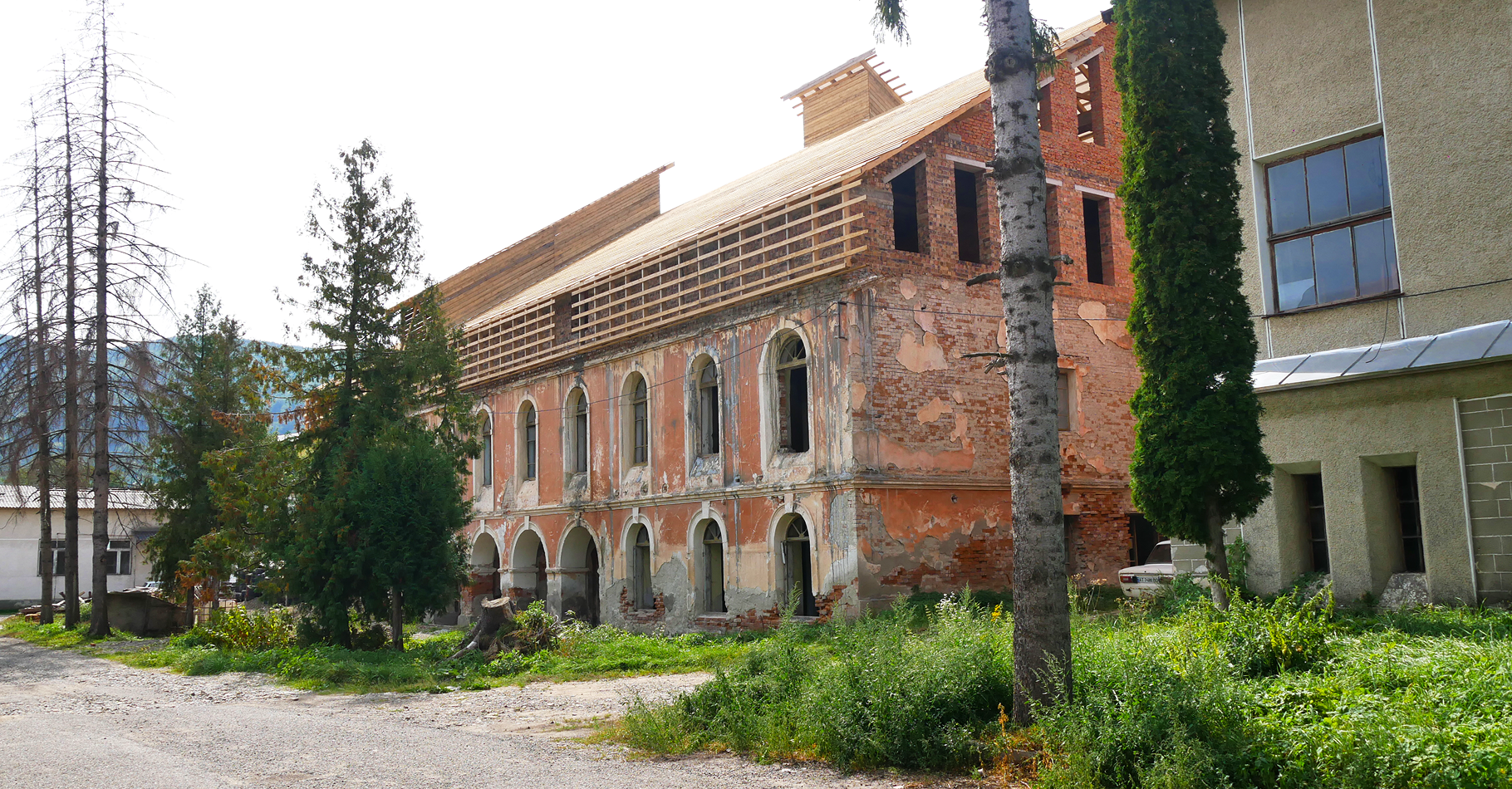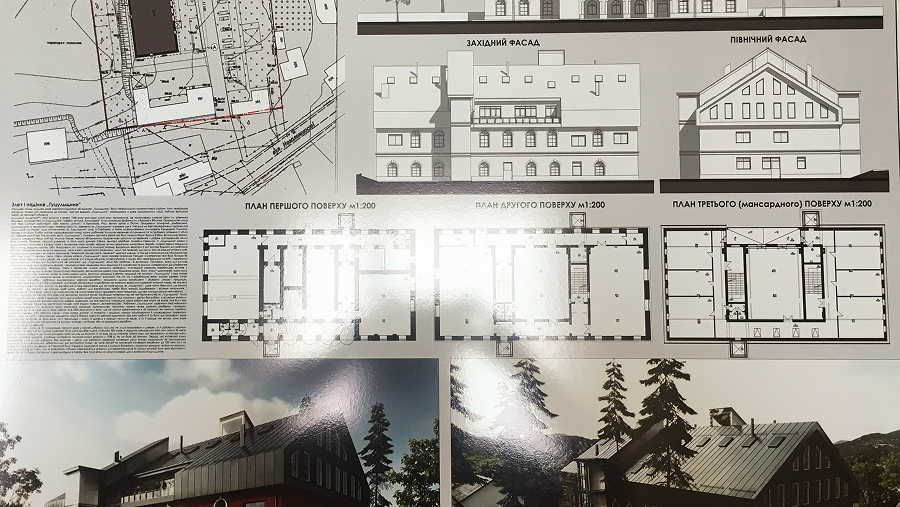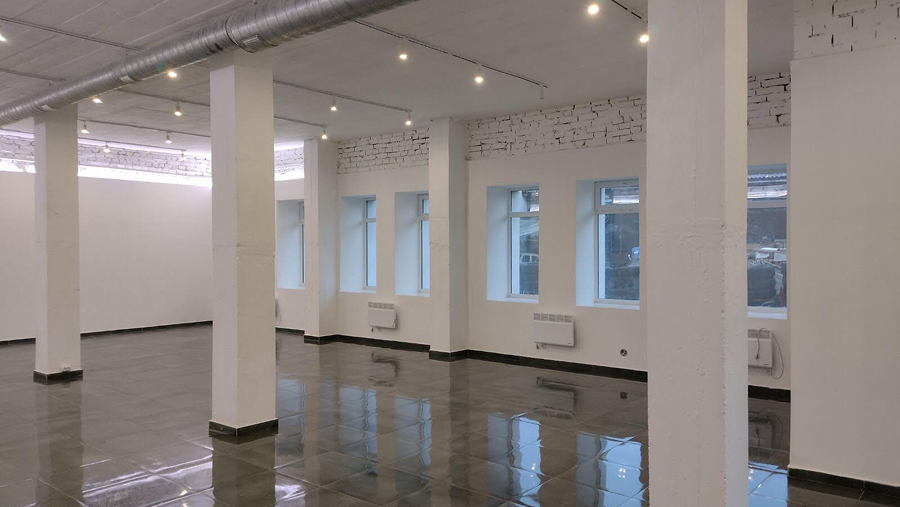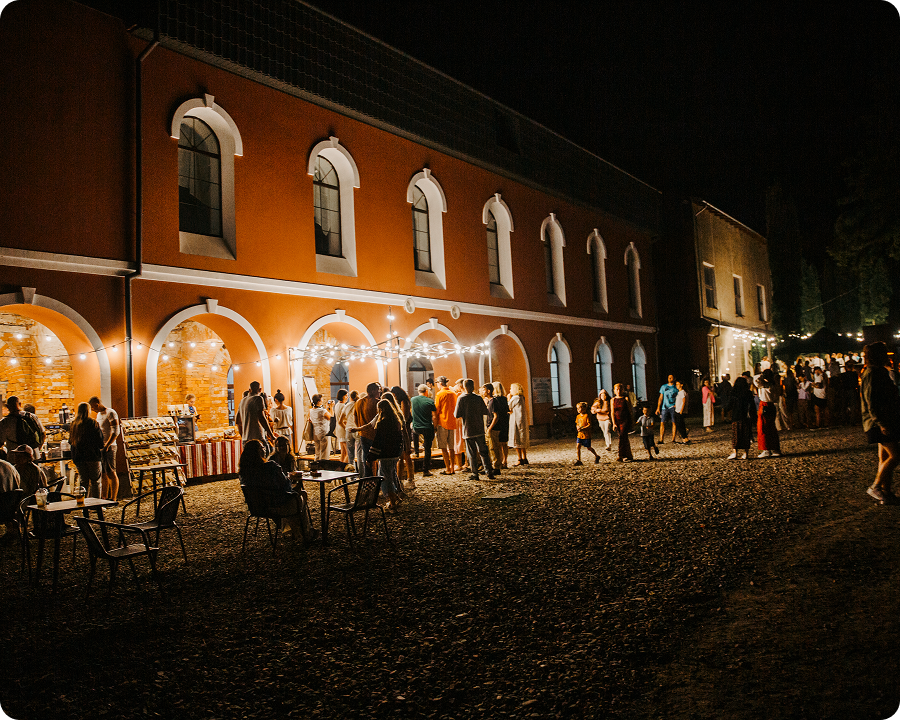Kosiv began with a saltworks
Today, Kosiv is known throughout the world as a center of Hutsul culture, art, and folk crafts. Fairs, woodcarving, carpet weaving, and pottery are what have become the hallmarks of the city
But once upon a time, it was completely different. In the beginning, there were no fairgrounds or art centers here. Kosiv grew out of salt — “white gold” — which was the primary reason why people settled on this land more than three thousand years ago. In particular, boiling furnaces found at the site of ancient saltworks confirm that salt production began in the Eneolithic and Bronze Ages in the territory of modern Kosiv
The first written mentions of the Kosiv saltworks date back to the 15th century. Documents from 1472 mention that the owner of the zhupa (the former name for a mine where rock salt was extracted) was Mykhailo from Buchach

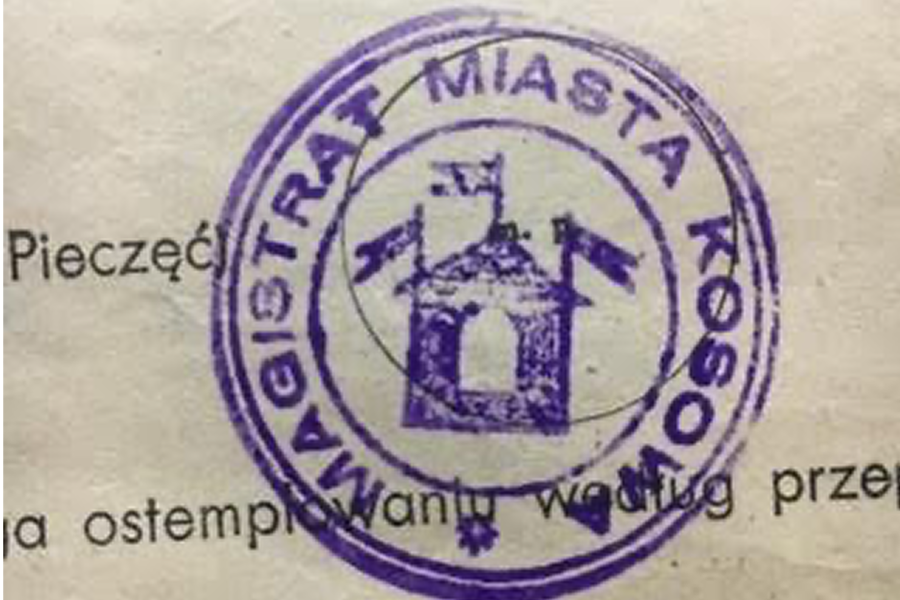
For centuries, the saltworks were the heart of Kosiv's economy. Hundreds of Hutsuls were involved in production: they worked in mines and boiling houses, delivered wood for evaporating brine, and transported finished products. Life was bustling around the saltworks, and Kosiv was becoming an increasingly important trading center
In the 19th century, the Kosiv saltworks became one of the largest industrial centers of salt production in Galicia. At that time, small production facilities were closed, and all property passed into the hands of the state. Under state management, the saltworks, albeit slowly, were improved—equipment was upgraded, energy-saving technologies were used, and so on
The saltworks' products were known for their high quality and purity, and the surrounding area developed its own infrastructure—warehouses, shops, cooking facilities, and even underground passages, which, according to legend, stretched for kilometers
It was due to salt that Kosiv gained the status of an important economic center in the region. In particular, the emblem of Kosiv in the 1930s depicts one of the saltworks buildings with flags as a symbol of the city
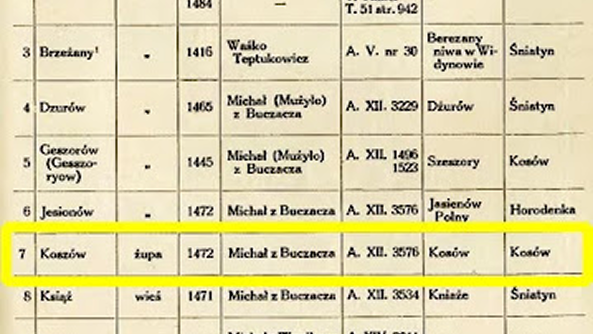
Kosiv-zhupa in the list of settlements of the Sniatyn volostі
The year and name of the owner of the zhupa are indicated. Table from the document «Podział administracyjny województwa ruskiego i bełzkiego w XV wieku : z mapą» by Dąbkowski Przemysław, 1939 р.

Salt packaging facility
For retail sale, salt was packaged in conical containers known as “topok.” Photo from 1912. Illustration from the book “Industry of the Austro-Hungarian Empire.”

The salt packaging building
Сonstructed in 1853 (still standing), and the finished product shipping warehouse (wooden shed). Photo from 1912. Illustration from the book Industry of the Austro-Hungarian Empire
Over time, salt production in Kosiv declined. During the interwar period, production declined, and in 1936 it was finally stopped. All documentation and mine plans were taken to Warsaw, and the mine was closed. For the Polish authorities, Kosiv's most important industrial enterprise was inconvenient — it was mainly Ukrainians who worked there, who were prone to anti-government sentiments, and it also competed with the salt mines in Bochnia and Wieliczka near Krakow
A therapeutic saltwater facility with a bathhouse and inhalatorium was built on the site of the saltworks. The facility was an immediate success. The following year, a swimming pool was added, and there were plans to build a climatic house. However, these projects were never realized
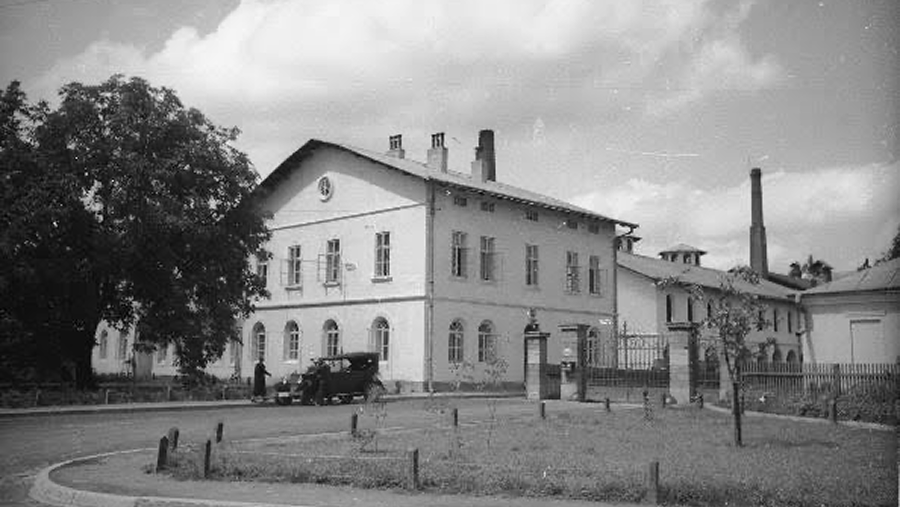
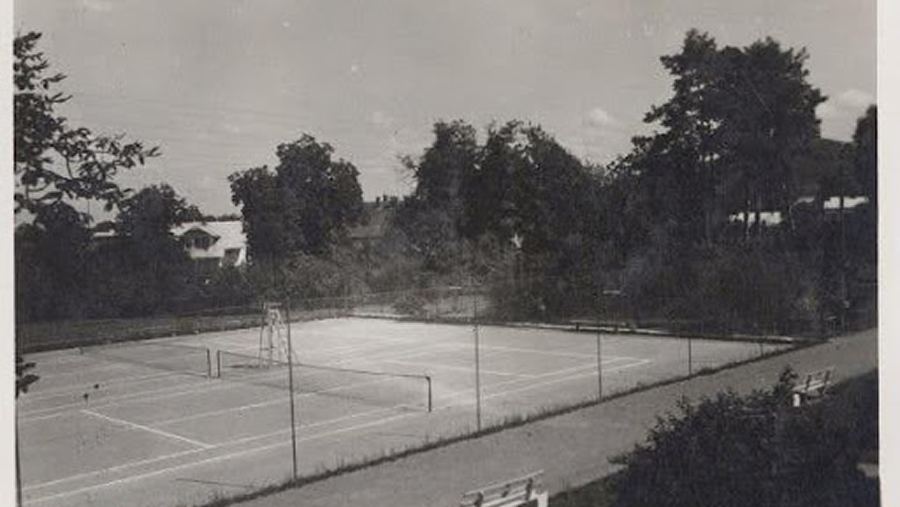
Tennis court on the grounds of the health resort
Photo by M. Senkovsky. 1938.
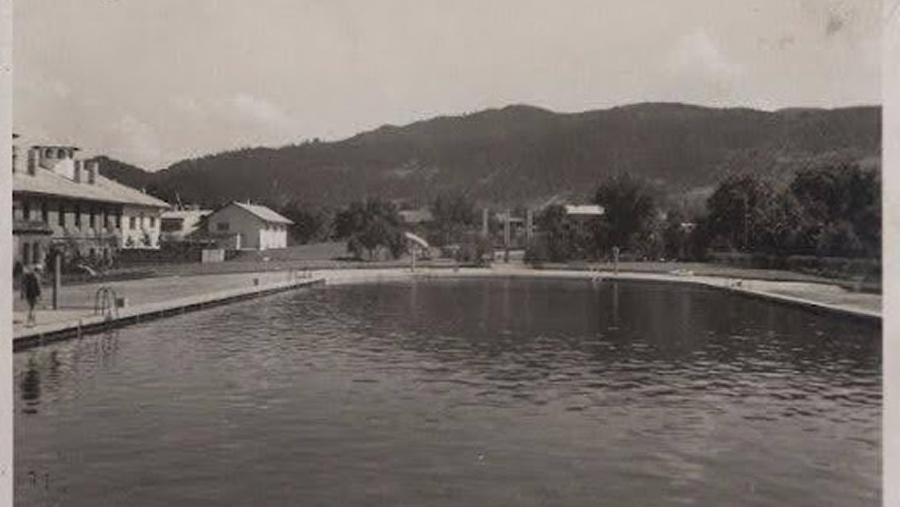
Swimming pool. Photo by M. Senkovsky. 1938

Restaurant. Photo by M. Senkovsky. 1938
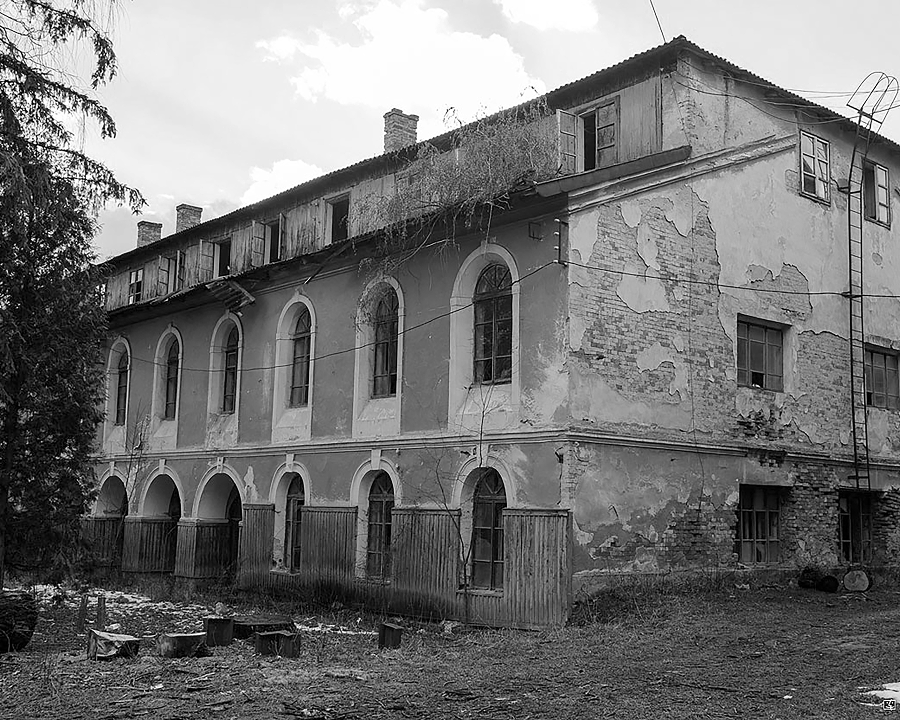
In 1939, the Soviet authorities converted the premises into a military garrison. Retreating in 1941, Soviet troops blew up ammunition depots, causing significant damage to the buildings. After the war, it housed the carpet workshop of the "Hutsulshchyna production and art association", which ceased to exist in the early 1990s
For more than half a millennium, the saltworks was the largest industrial enterprise in Kosiv, shaping its economy and influencing trade and the development of crafts. Although the industry has disappeared, the building, which has witnessed centuries of history, has been preserved
Work on the restoration of the former saltworks began in 2018 as part of the Poland-Belarus-Ukraine 2014-2020 cross-border cooperation project, funded by the EU and local and regional budgets
Today, this historic building houses the Carpathian Culture Center “KYLYMARKA” — a modern space where Hutsul traditions, art, and culture come to life. It is symbolic that it is here, where underground salt springs flowed a century ago, that creativity now flourishes


